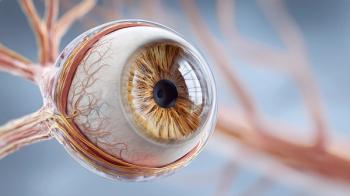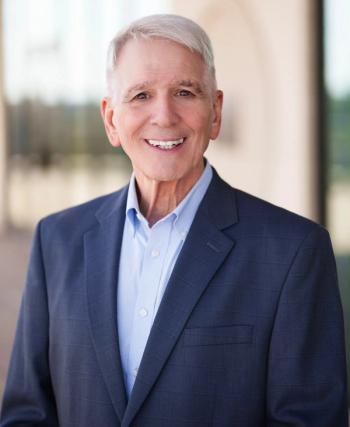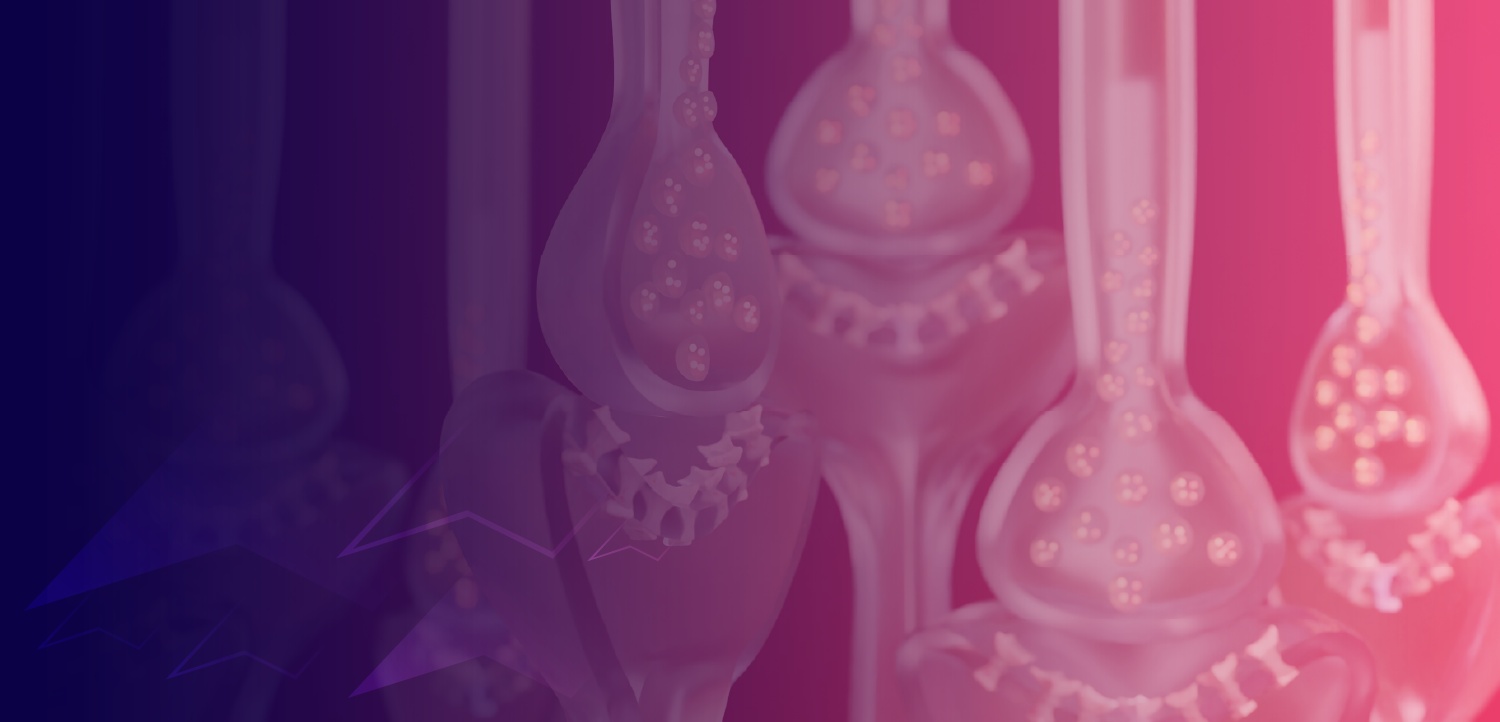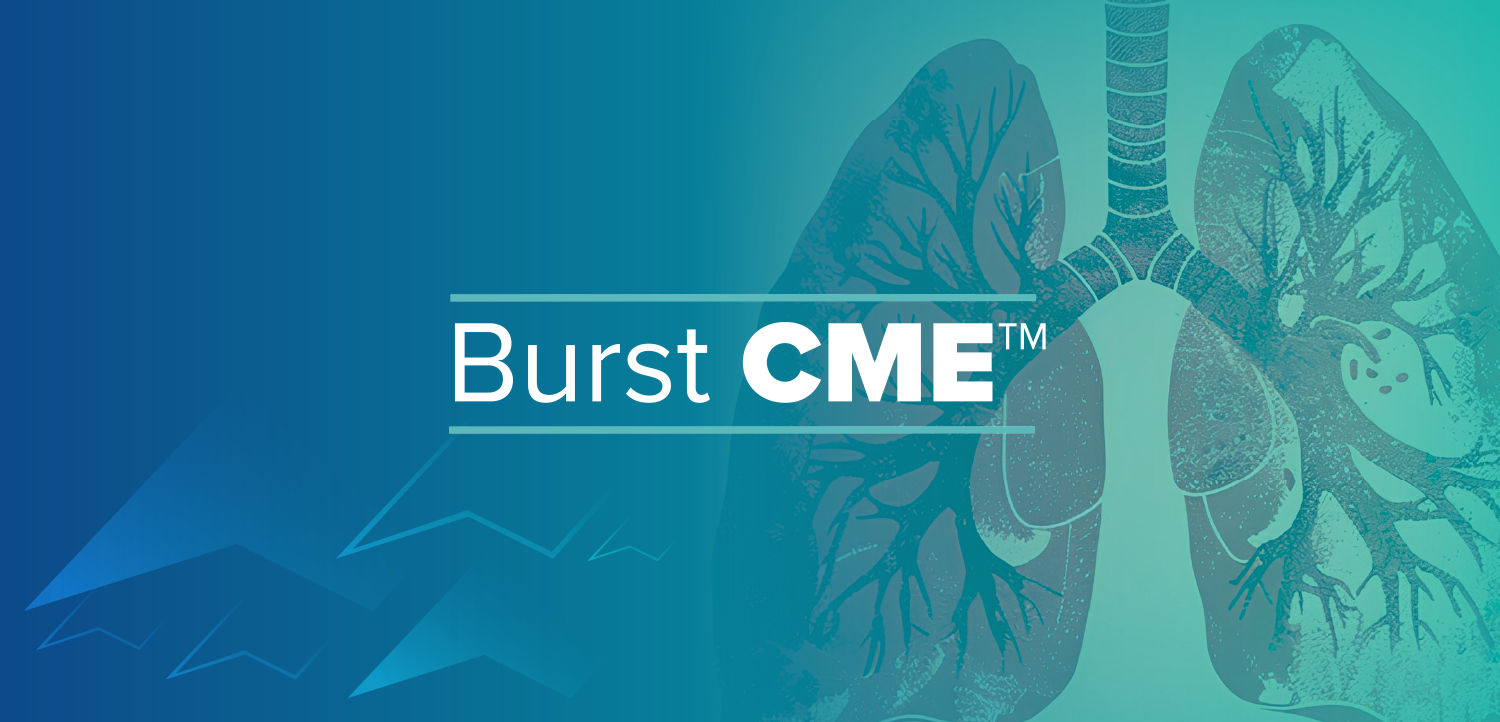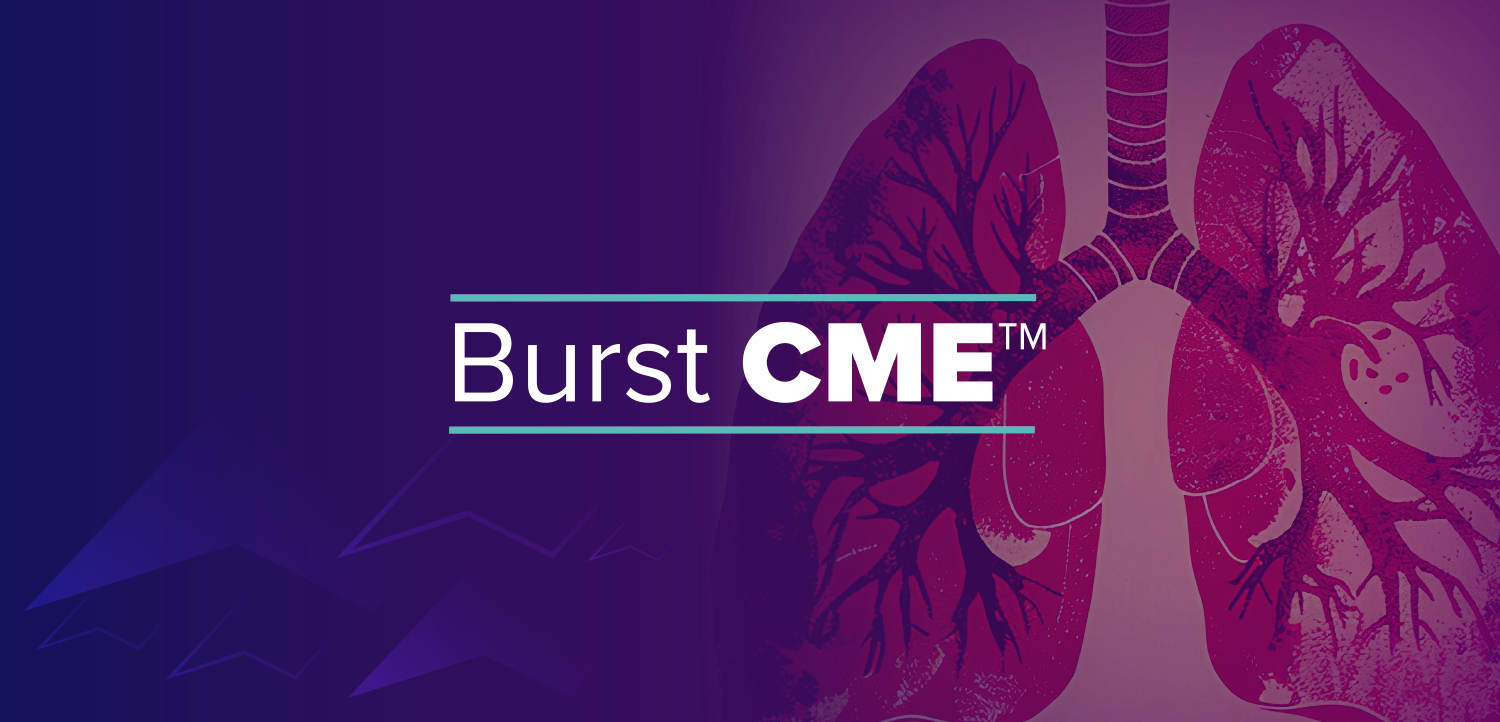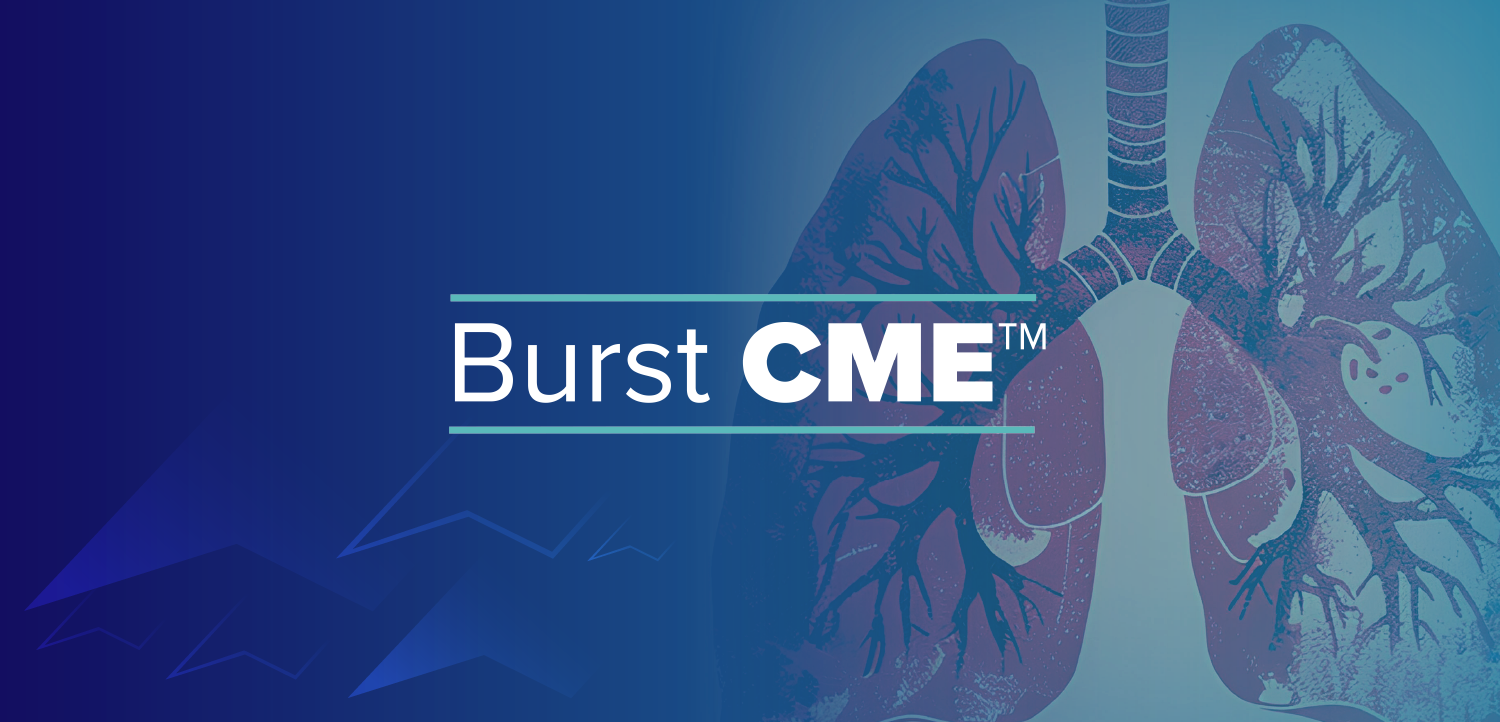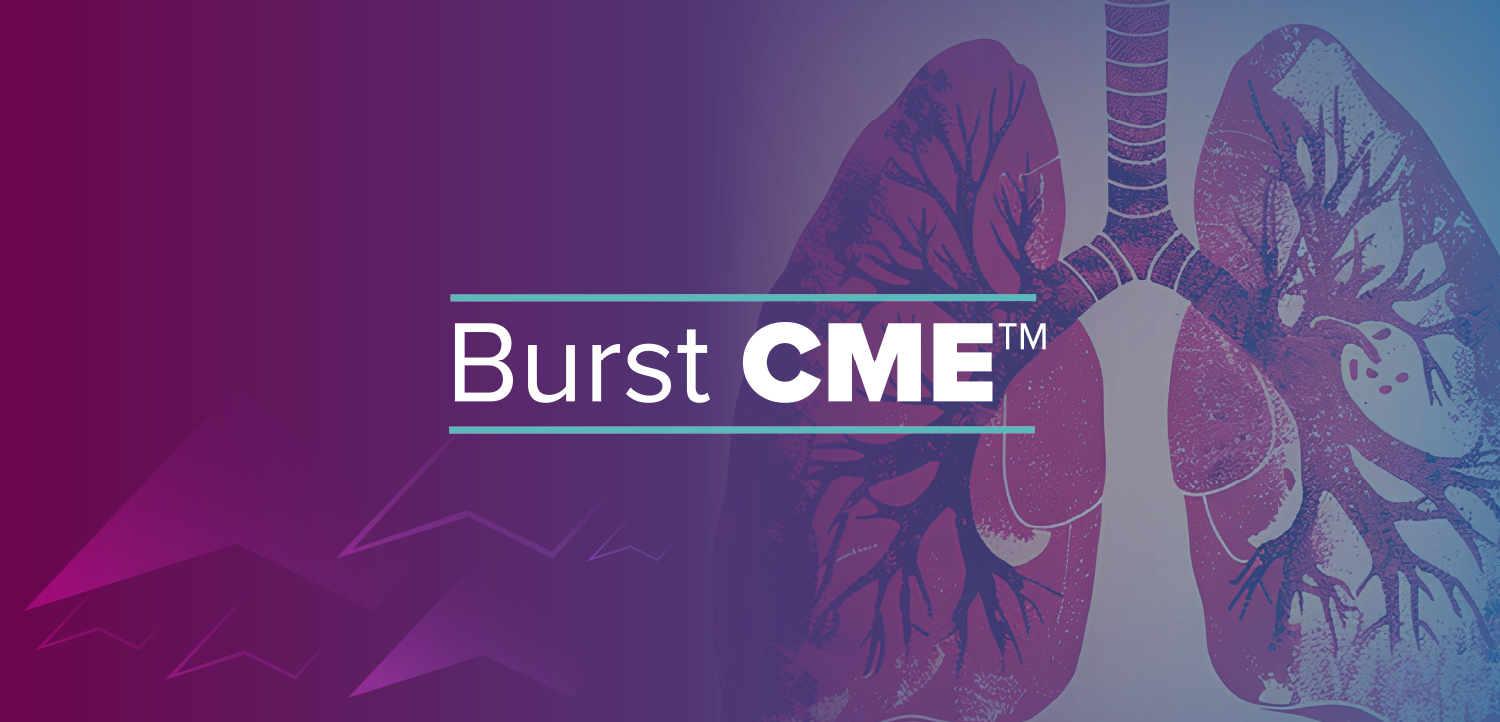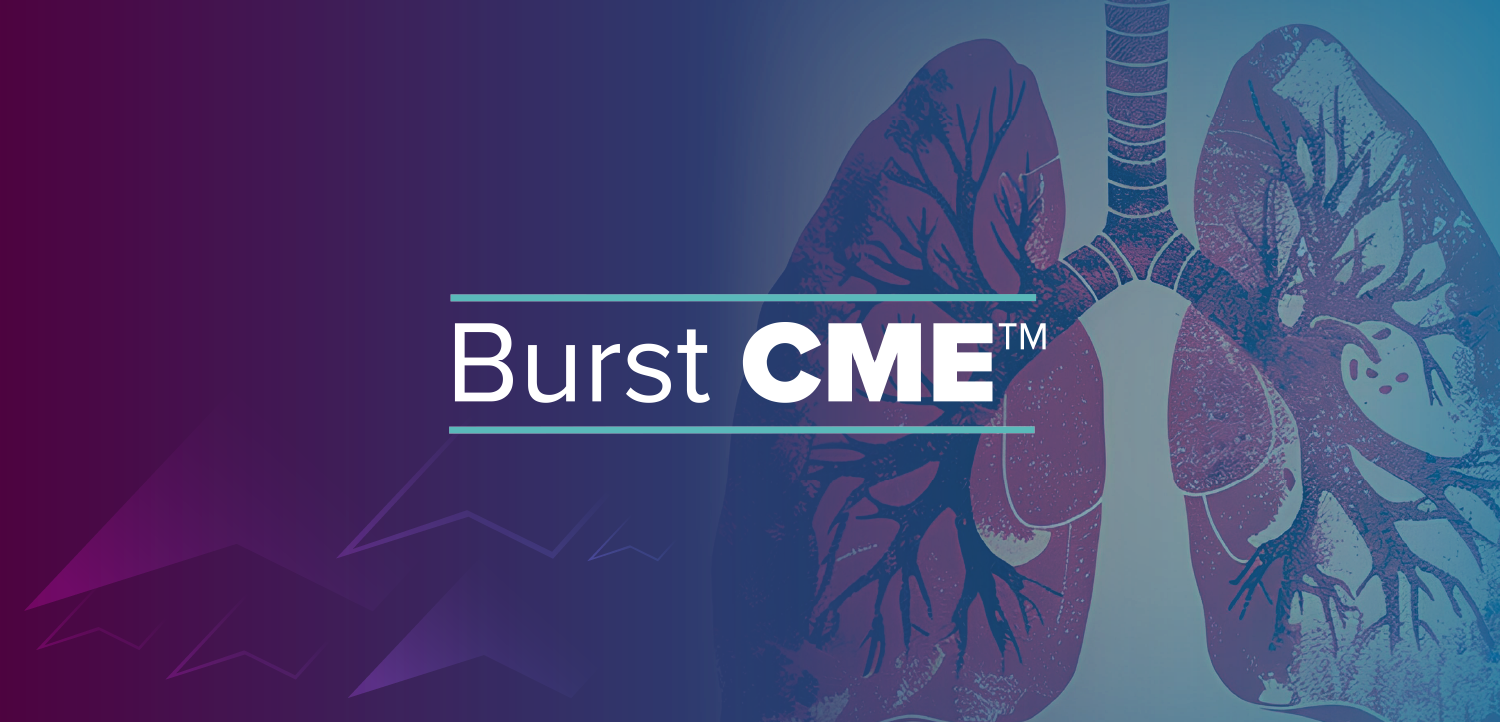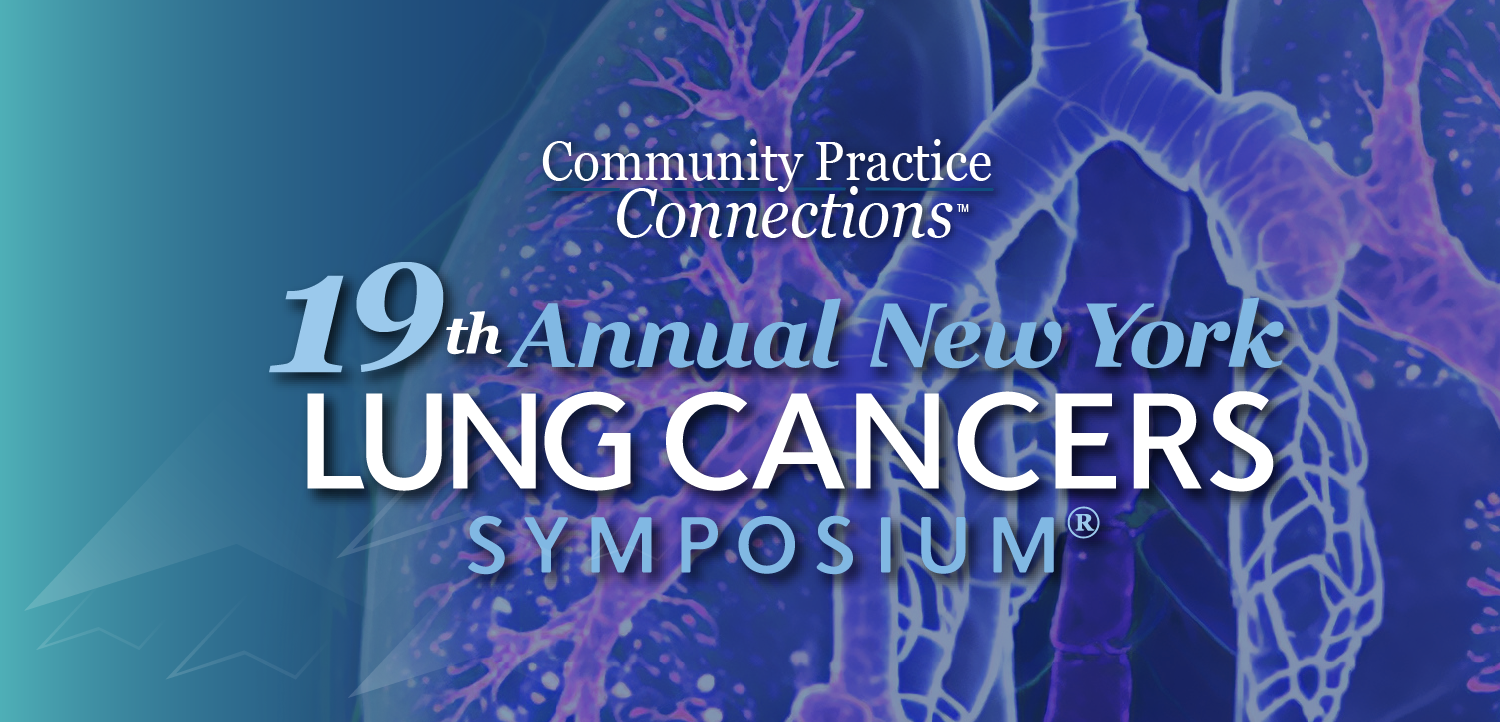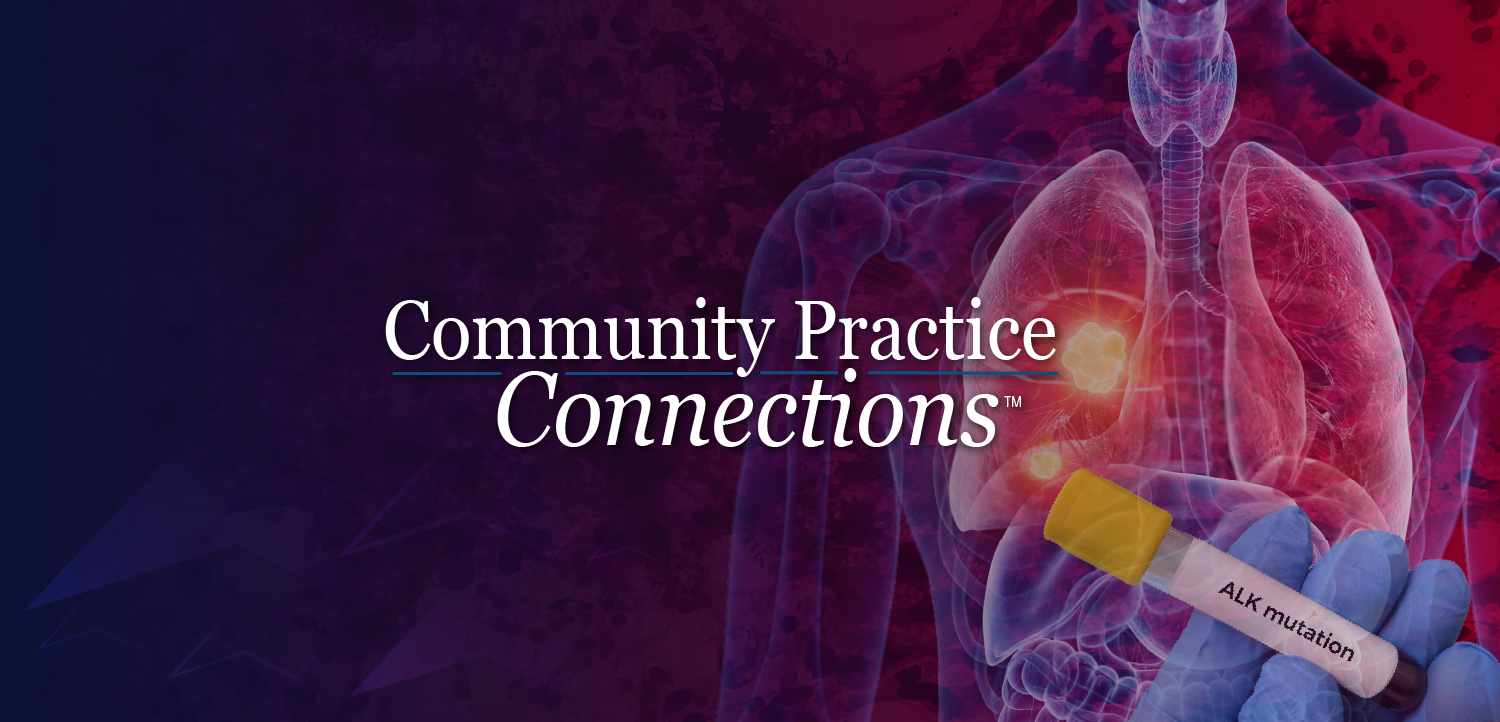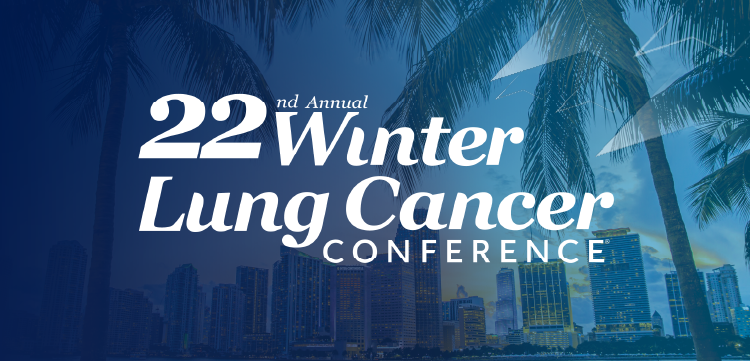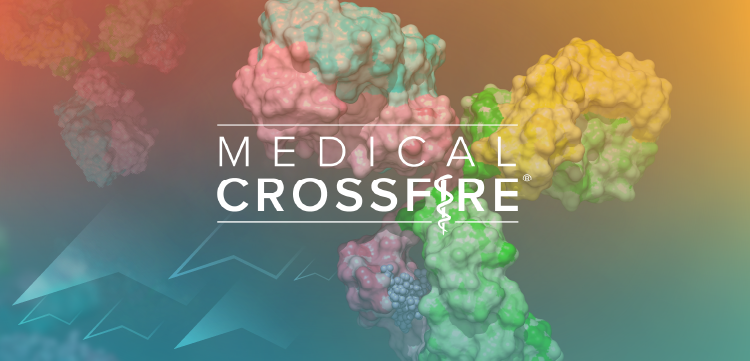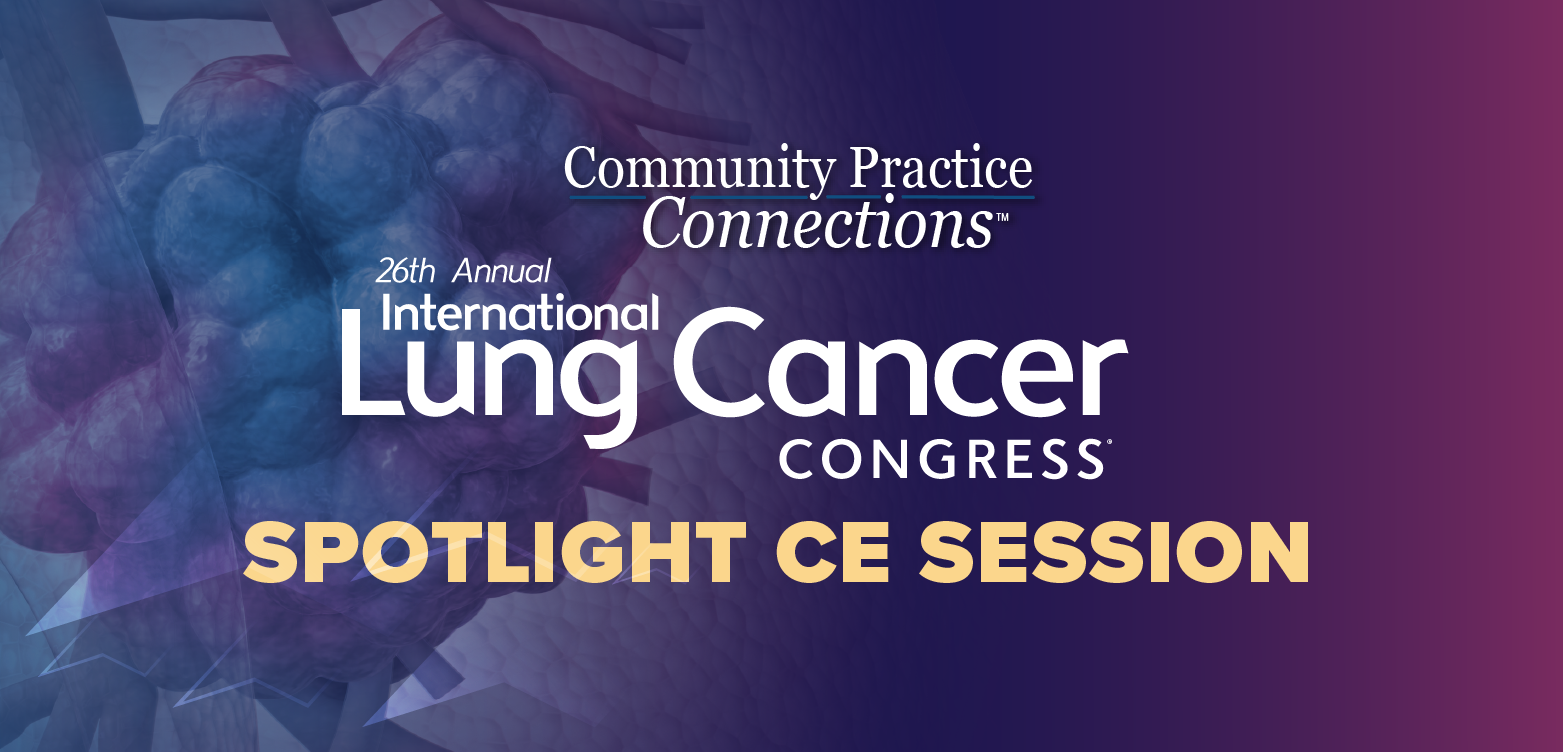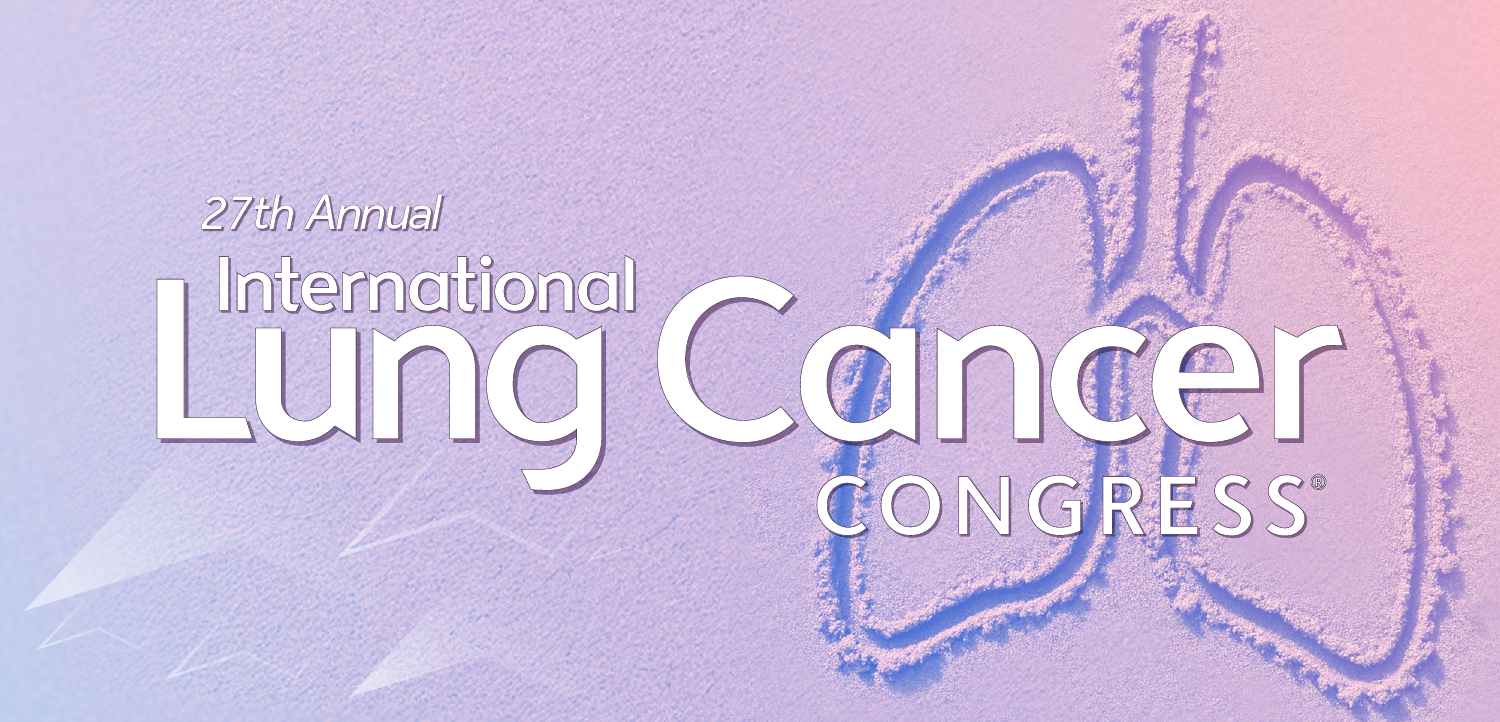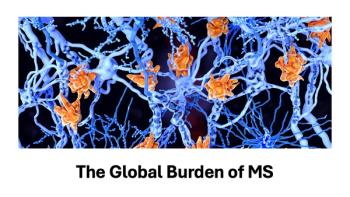
AAAP: Data presented from largest combination buprenorphine/naloxone opioid dependence trial ever conducted in the US
In patients with opioid dependence, buprenorphine and naloxone (Zubsolv, Orexo) sublingual tablet (CIII) demonstrated comparable patient retention in treatment at days 3 and 15 versus generic buprenorphine and Suboxone film respectively, according to data presented at the 25th Annual Meeting and Symposium of the American Academy of Addiction Psychiatry (AAAP) in Aventura, Fla.
Dr Sumner
In patients with
According to the ISTART/006 study, Zubsolv also demonstrated no increased rate of withdrawal symptoms or opioid cravings versus Suboxone film at day 15 and day 22.
The ISTART study was a randomized, multicenter, non-inferiority phase 3 clinical trial designed to evaluate the efficacy of Zubsolv compared with generic buprenorphine tablets during induction and with Suboxone film during stabilization of patients with opioid dependence. The co-primary end point was retention in treatment at day 3 (when patients began maintenance therapy with either Zubsolv or Suboxone film) and retention in treatment at day 15.
Secondary end points included assessment of treatment effects on opioid withdrawal symptoms for Zubsolv versus Suboxone film via both the Clinical Opiate Withdrawal Scale (COWS) score and Subjective Opiate Withdrawal Scale (SOWS), and opioid cravings via the visual analogue scale (VAS). There were 758 patients who participated in a 2-day blinded induction phase randomly assigned to Zubsolv or generic buprenorphine tablets, and on day 3 those taking the generic tablets were switched to Suboxone film for a 20-day open-label stabilization and early maintenance phase. At day 15, Zubsolv patients switched to Suboxone film and those taking Suboxone film switched to Zubsolv.
“This study demonstrates comparability in the early stabilization/maintenance phase to the market leading product, which lends confidence to these decision-makers that [buprenorphine and naloxone] can be substituted on formularies and be suitable for the majority of patients,” according to Michael Sumner, MD, chief medical officer, Orexo US.
“Despite an average 26% to 32% lower dose of buprenorphine in Zubsolv compared to that in Suboxone film used, Zubsolv showed comparable efficacy to Suboxone film, which may help reduce the potential for misuse,” according to Dr Sumner.
Newsletter
Get the latest industry news, event updates, and more from Managed healthcare Executive.

